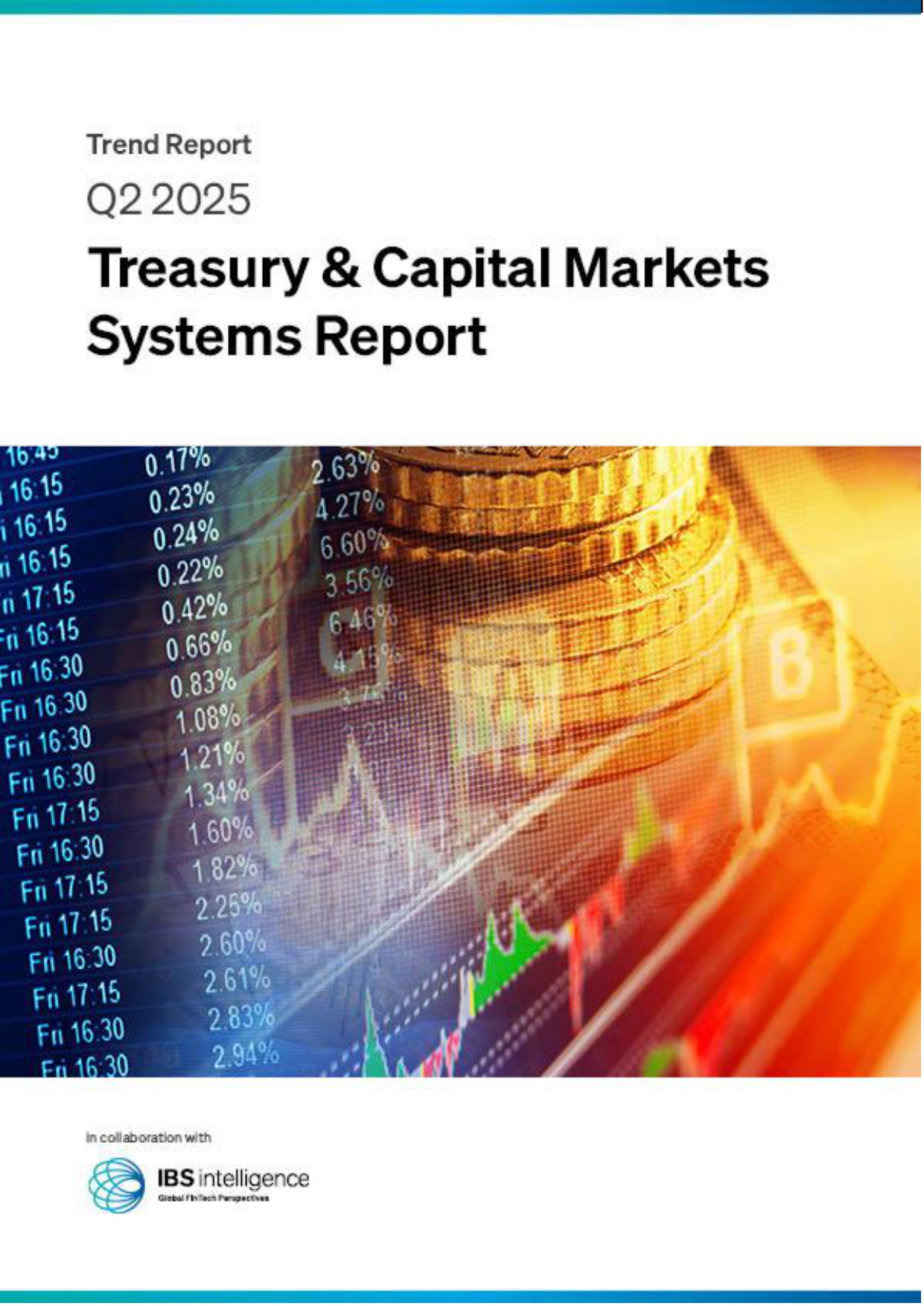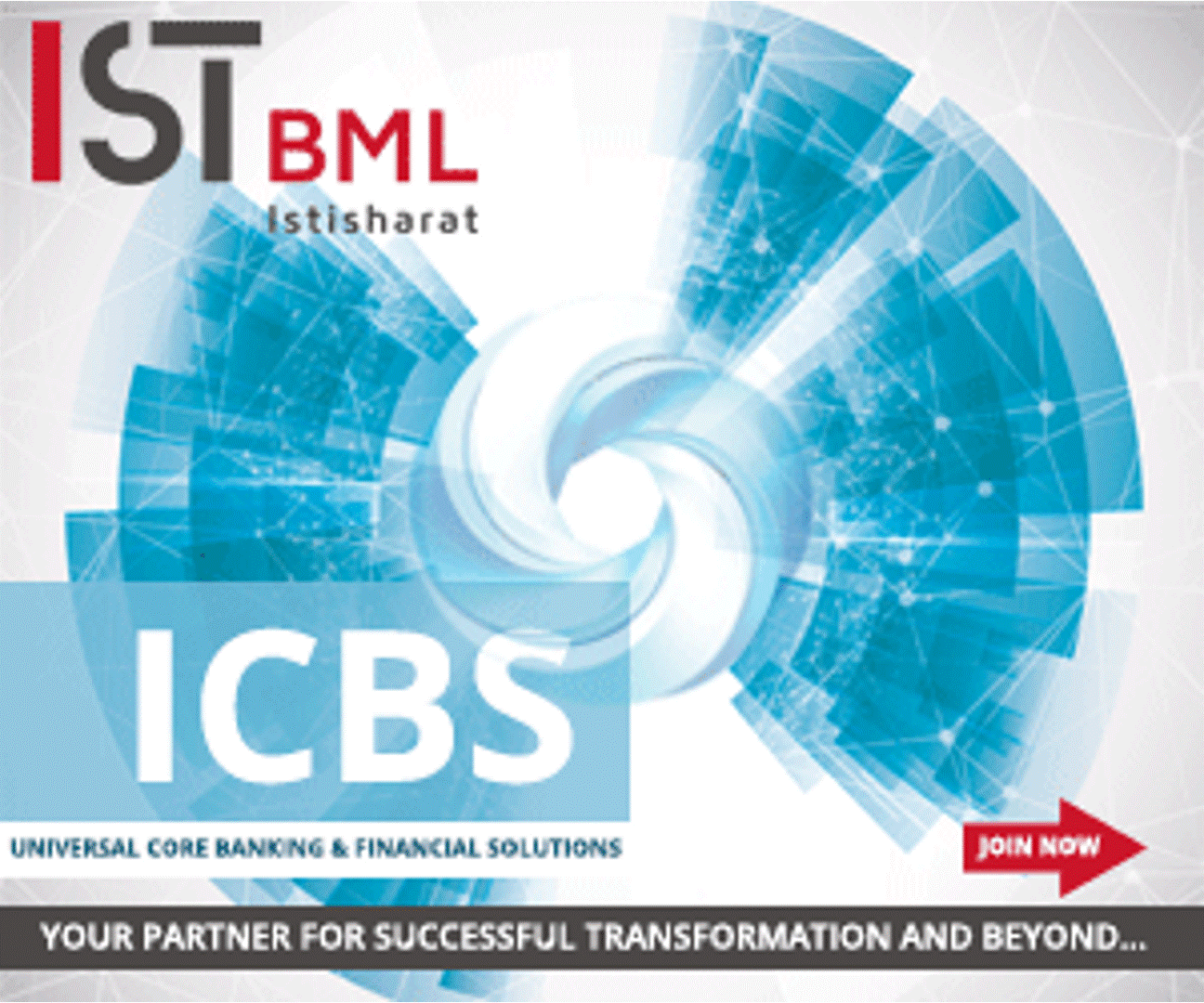 Back
Back
Frollo and NextGen.Net: The State of Open Banking in Australia
By Edil Corneille
 Australian FinTech Frollo and lending technology provider NextGen.Net have published ‘The State of Open Banking in Australia’ report in November, since the Consumer Data Right (CDR) launched in Australia on July 1, 2020.
Australian FinTech Frollo and lending technology provider NextGen.Net have published ‘The State of Open Banking in Australia’ report in November, since the Consumer Data Right (CDR) launched in Australia on July 1, 2020.
The report is based on interviews with key industry leaders and a survey of 161 finance and broking professionals across the financial sector in the country. It highlights a strong appetite for investment in open banking and a broad variety of popular use cases that could revolutionise the way Australians engage with their finances.
With November signalling the next milestone for the open banking timeline as the implementation moves into Phase 2, ‘The State of Open Banking in Australia’ report looks at what the financial sector thinks of the new banking regime, where it is headed and what the most immediate challenges and opportunities for businesses are.
Frollo CEO and Founder, Gareth Gumbley said while the rollout was on track, the research revealed the biggest challenge for organisations was a lack of clarity around what it takes to become involved in the CDR in terms of costs and return on investment.
“The majority of respondents believe the uncertainty about the rules and customer education are considered to be the most important challenges in making CDR a success. We know that change at this scale doesn’t happen at the flick of a switch, but as it stands there is too much ambiguity. The rules aren’t clear and for many it’s perceived as a mountain too big to climb. There’s a difference between consultation and collaboration. Now is the time for the regulator to invest in a simpler and more flexible framework to speed up adoption, or empower banks and fintechs to innovate and get on with it for the benefit of everyone else who will follow,” Gumbley elucidated.
71 per cent of industry respondents intend to use CDR data, with almost 50 per cent stating that they intend to use CDR data within the next 12 months.
As for use cases, streamlining the lending process through Income & Expense verification was identified as is the most popular immediate use case for open banking with 56 per cent of respondents rating it as valuable, followed by onboarding automation (52 per cent) and account verification (41 per cent).
Chief Customer Officer at NextGen.Net, Tony Carn said the introduction of Open Banking was a pivotal event for Australia’s mortgage industry and the impact of CDR was going to be a matter of survival of the fittest for those in the sector.
“The opportunity to streamline credit decisions by using CDR data to reduce unnecessary friction in the application process and speed up the decision process is a game changer for the sector. Use cases, such as income and expense verification, will also help to reduce the costs and risks involved on the lender side, making it a logical and popular use case amongst banks, lenders, fintechs, and brokers and aggregators alike. It presents a new way for how customers can be sourced and nurtured through their life cycle. It’s not just the one moment in time, (such as getting a home loan), but the opportunities to get customers ‘fit for finance’ before and after,” Carn enunciated.
IBSi FinTech Journal
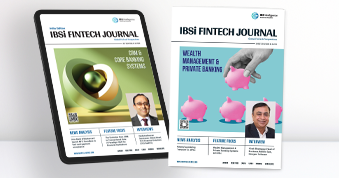
- Most trusted FinTech journal since 1991
- Digital monthly issue
- 60+ pages of research, analysis, interviews, opinions, and rankings
- Global coverage
Other Related News
Related Reports

Sales League Table Report 2025
Know More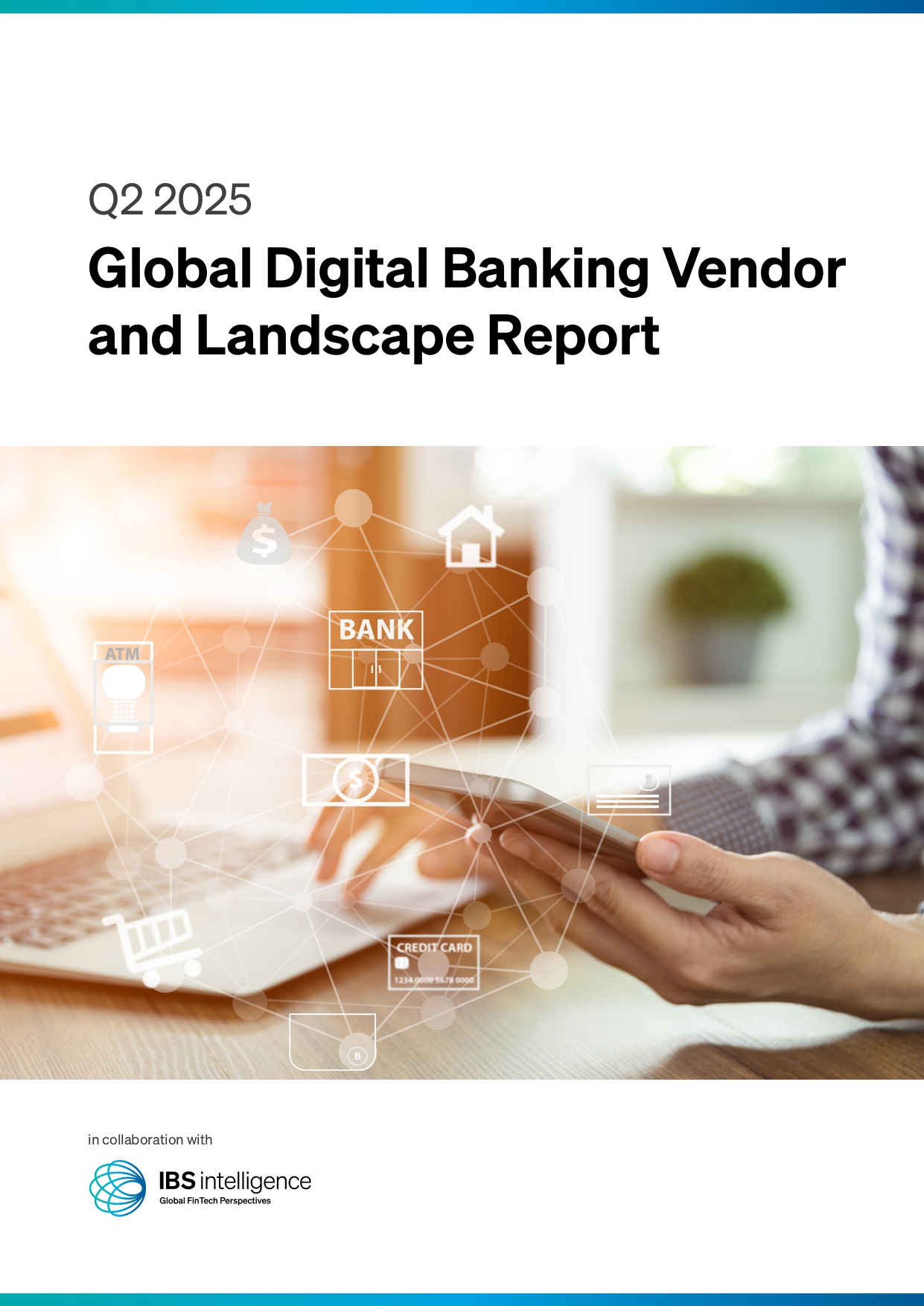
Global Digital Banking Vendor & Landscape Report Q2 2025
Know More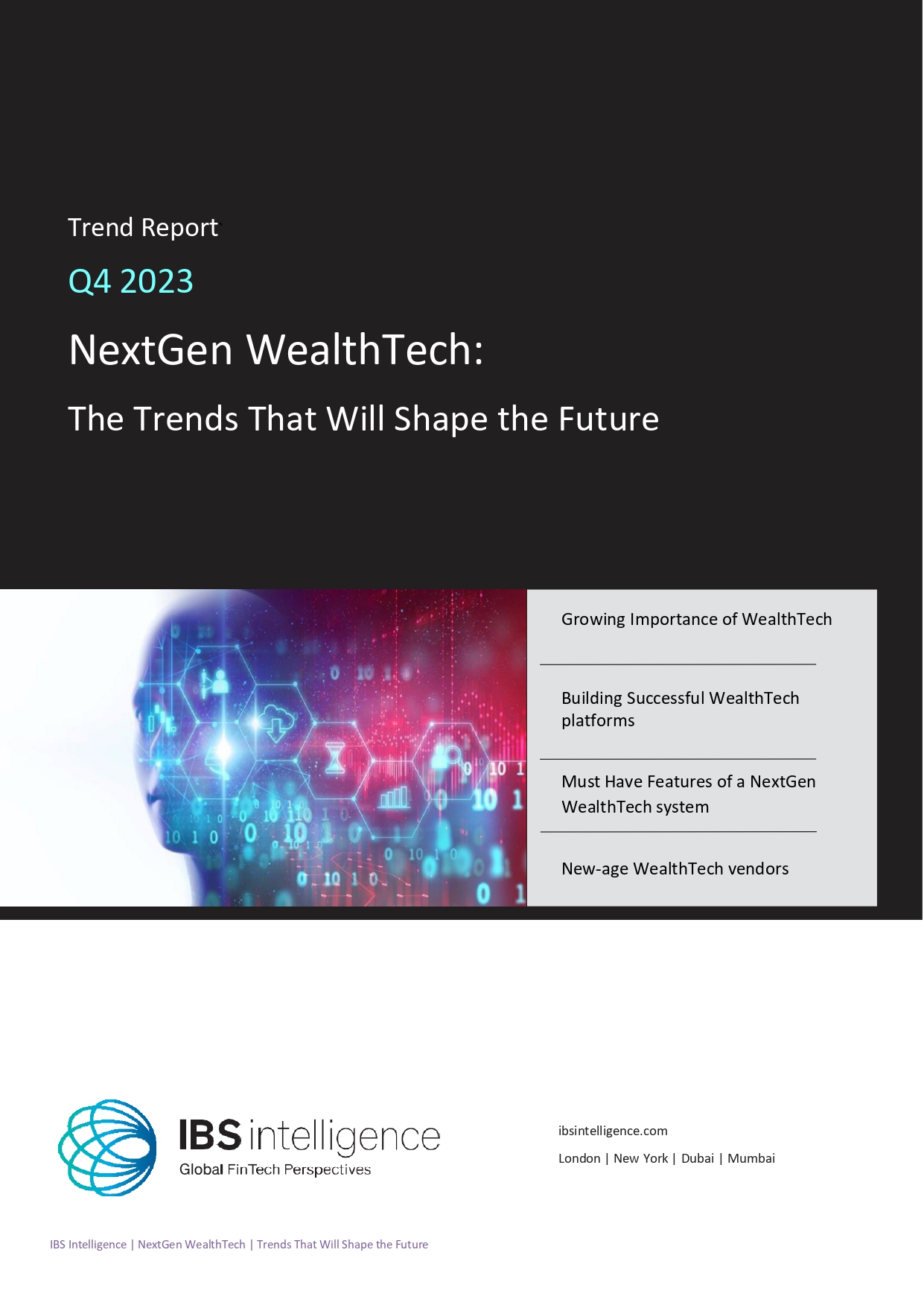
NextGen WealthTech: The Trends To Shape The Future Q4 2023
Know More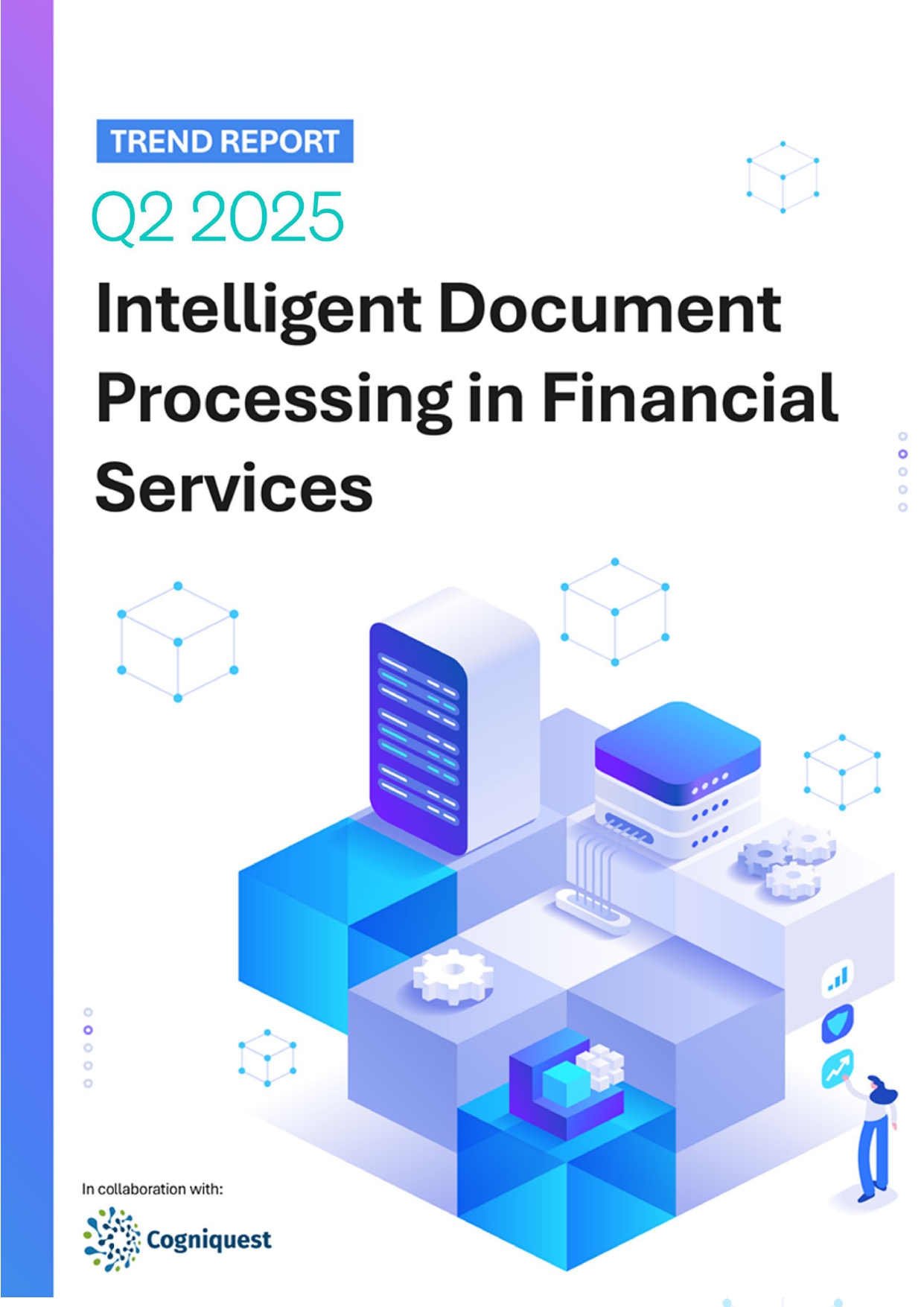
Intelligent Document Processing in Financial Services Q2 2025
Know More